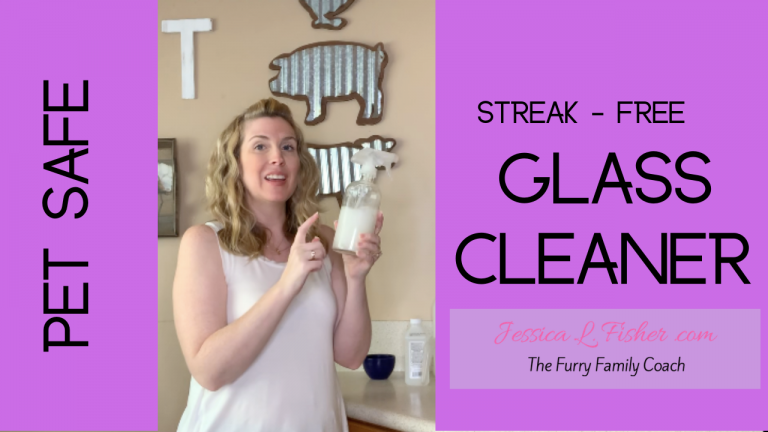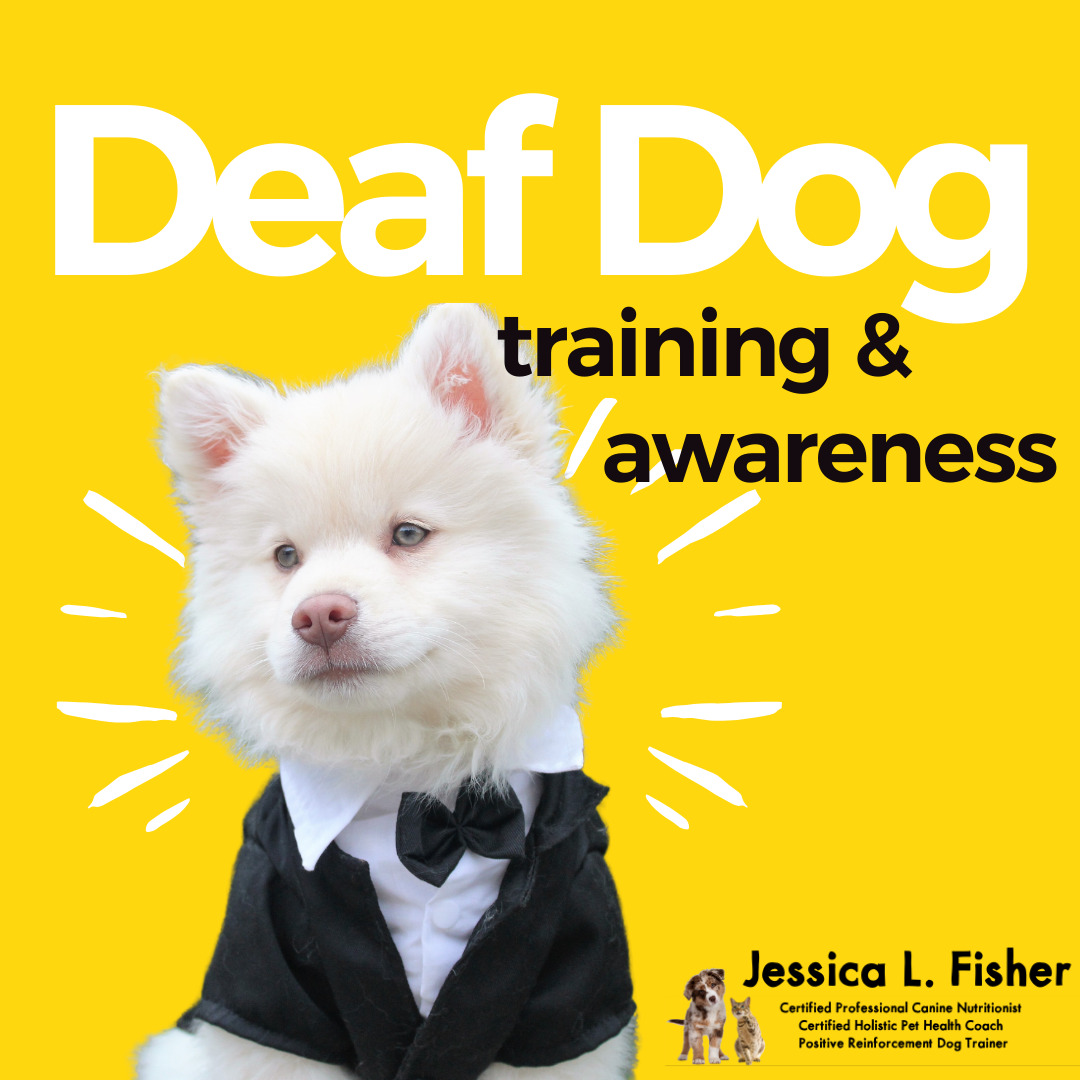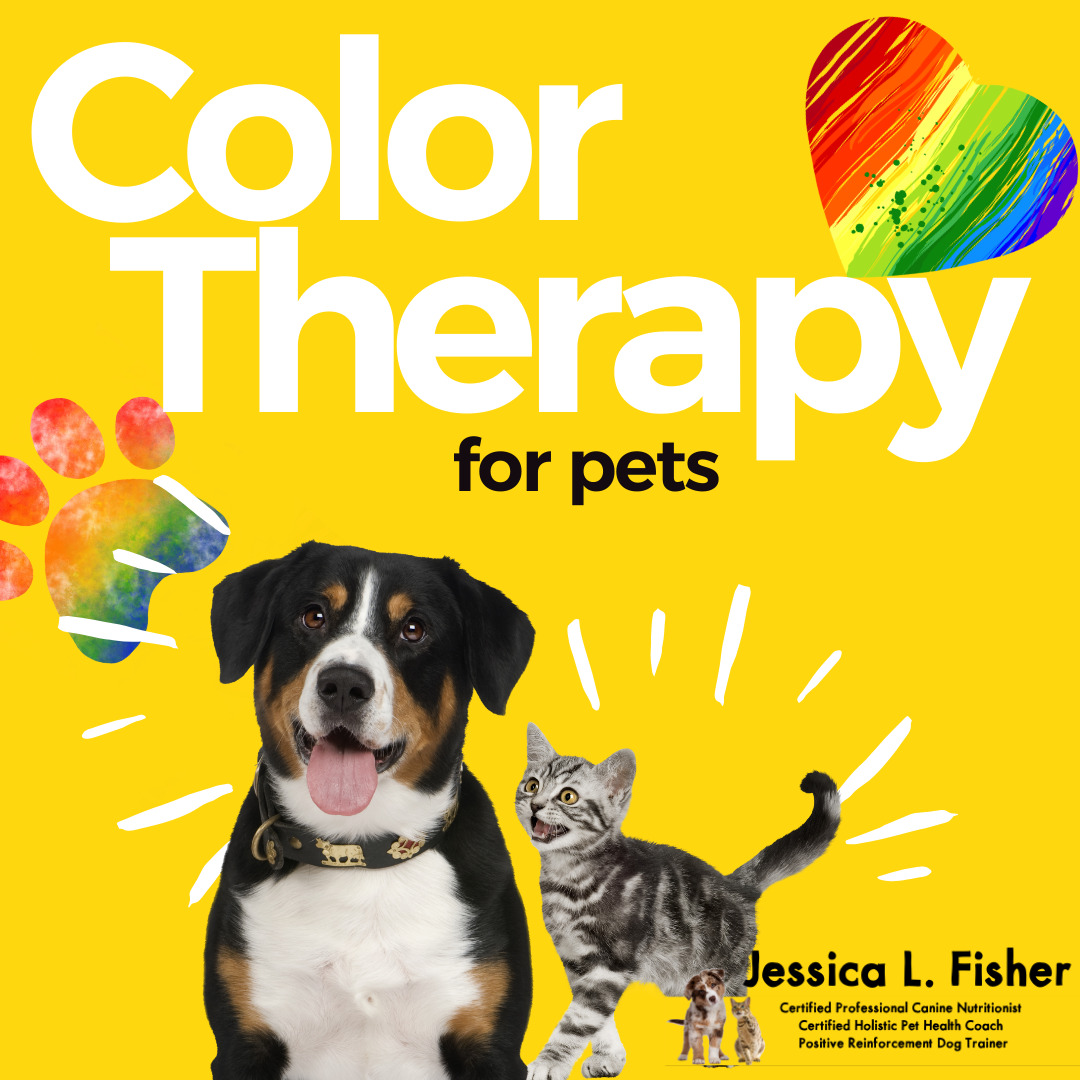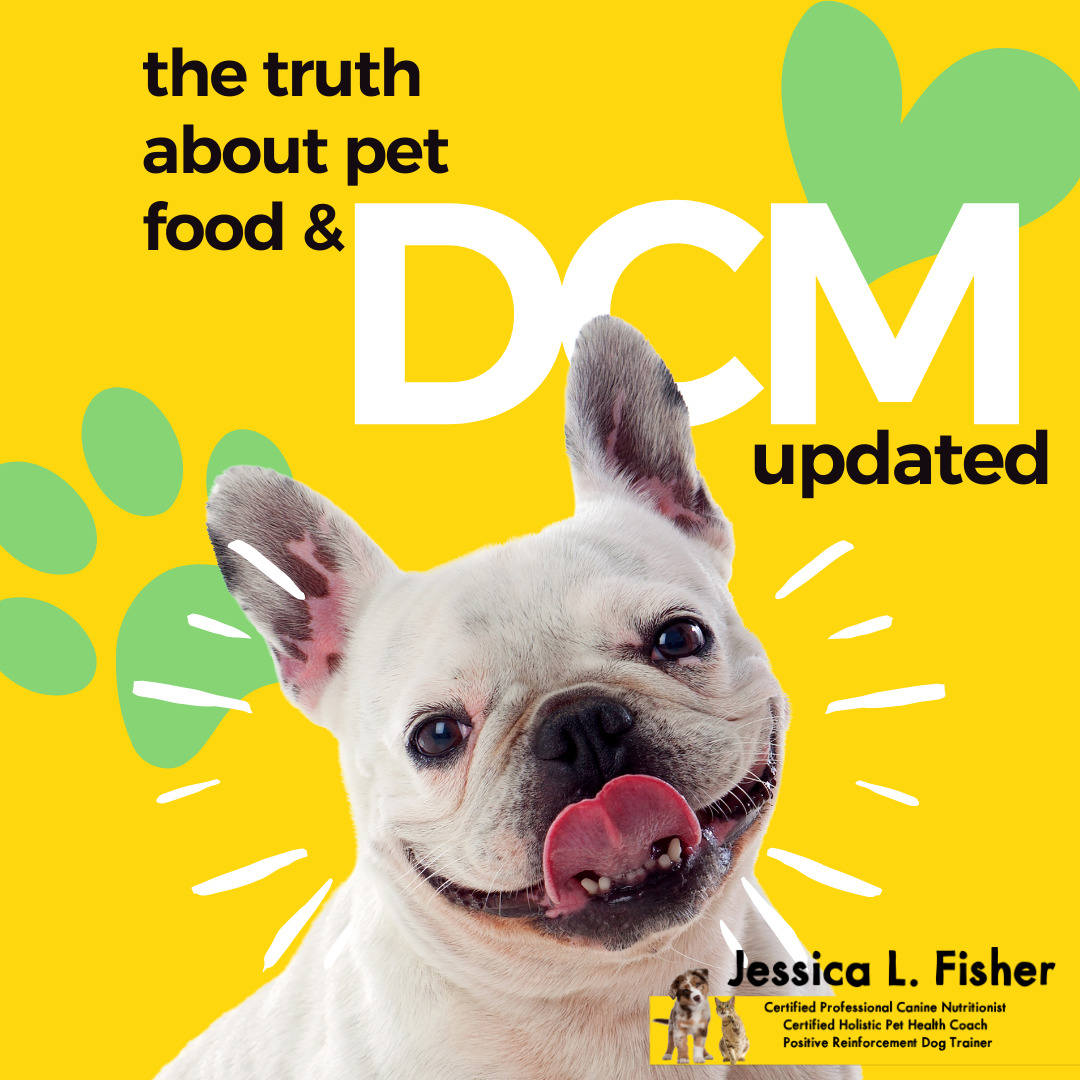Make Your Own Streak Free Glass Cleaner Non-Toxic Pet Safe
Keeping your pet safe is very important, and something as simple as glass cleaner can hurt them. The ingredients in store-bought glass cleaners are very harmful to pet’s safety, so why continue to use them?
In my video I show you how to make your own pet safe, non-toxic, and streak free glass cleaner.
List of the 8 most common phthalates: The 8 most widely used phthalate compounds and their metabolites are: • BBP: butyl benzyl phthalate (LMW) *, **, *** MBzP: mono benzyl phthalate • DBP: di-n-butyl phthalate (LMW) *, **, *** MBP: mono-n-butyl phthalate MiBP: mono-isobutyl phthalate Most common phthalate added to nail polish. • DEHP: di-(2-ethylhexyl) phthalate (HMW) *, **, *** MEHP: mono-(2-ethylhexyl) phthalate Most widely-added phthalate to polyvinyl chloride (PVC) to make products flexible. • DEP: diethyl phthalate (LMW) MEP: monoethyl phthalate Most common phthalate added to personal care products to enhance fragrance. • DiDP: di-isodecyl phthalate (HMW) *, **, *** • DiNP: di-isononyll phthalate (HMW) *, **, *** Most common phthalate added as a softener in the manufacture of toys and childcare products, such as bath toys, drinking straws, and rubber ducks. • DnHP: di-n- hexyl phthalate * • DnOP: di-n-octyl phthalate (LMW) **, *** * Listed in California’s Proposition 65 as a reproductive and developmental toxicant. ** Listed in California’s AB1108 (Ma and Huffman). The bill, if passed, will ban use in the manufacture of any toy or childcare article intended for use by a child under three years of age. *** European Union banned as a phthalate softener in the manufacture of toys and childcare articles




